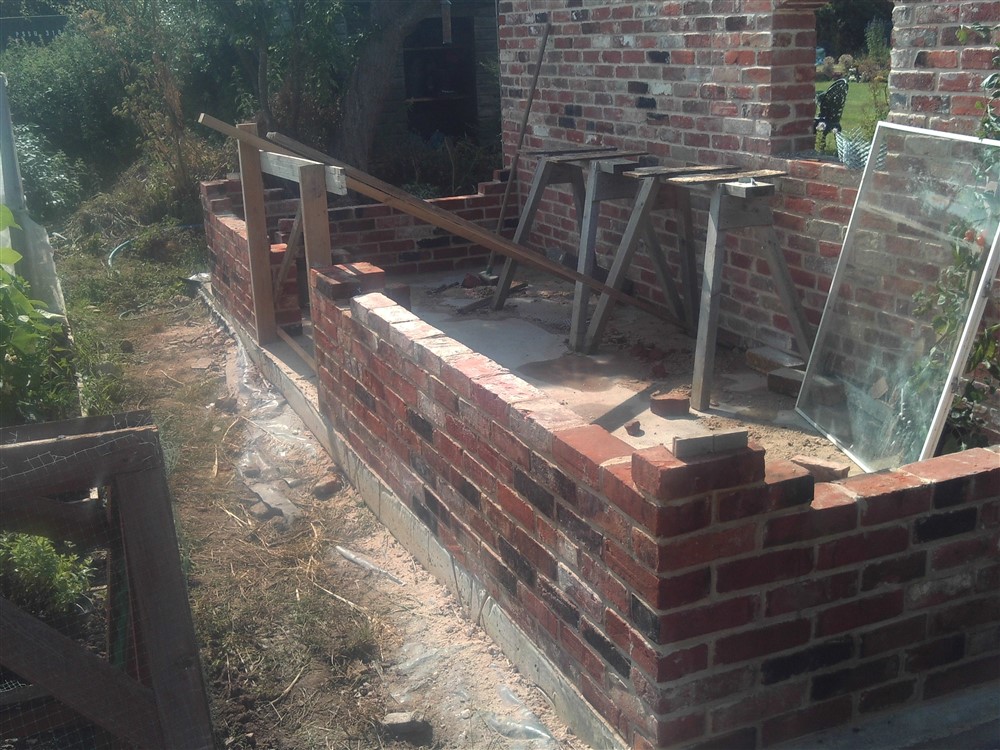RobinBHM
Established Member
Have you considered siberian larch?
Brooks bros stock it thicknesses of 1" 1.25" 1.5" 2"
Earlier this year I paid about £900+vat M3 rate.
Thats for U/S grades 1-3 in lengths upto 6metres.
The 2" might have some splits down the middle of wider boards like most softwood.
Bear in mind siberian larch is heavy and dense, around 750kg similar to oak.
Ive had boards where the growth rings are really tight -less than a mm apart.
The boards Ive had are often really straight.....although the odd end of packs Ive had have been a bit donkeys hind leg, but generally really good.
Ive made lots of windows from sib larch and used to import engineered sib larch in joinery sections to build orangeries
Unfortunately 2 1/2" stock isnt available and 3" boards are 5ths
Durability similar to Dug fir.
Douglas fir is a lovely timber although grain can be a bit course. It does tend to suffer with large resin pockets which seem to run diagonally through standard through and through cut boards. Itbmeans the resin pocket appears in both face and edge.
Brooks bros stock it thicknesses of 1" 1.25" 1.5" 2"
Earlier this year I paid about £900+vat M3 rate.
Thats for U/S grades 1-3 in lengths upto 6metres.
The 2" might have some splits down the middle of wider boards like most softwood.
Bear in mind siberian larch is heavy and dense, around 750kg similar to oak.
Ive had boards where the growth rings are really tight -less than a mm apart.
The boards Ive had are often really straight.....although the odd end of packs Ive had have been a bit donkeys hind leg, but generally really good.
Ive made lots of windows from sib larch and used to import engineered sib larch in joinery sections to build orangeries
Unfortunately 2 1/2" stock isnt available and 3" boards are 5ths
Durability similar to Dug fir.
Douglas fir is a lovely timber although grain can be a bit course. It does tend to suffer with large resin pockets which seem to run diagonally through standard through and through cut boards. Itbmeans the resin pocket appears in both face and edge.

































